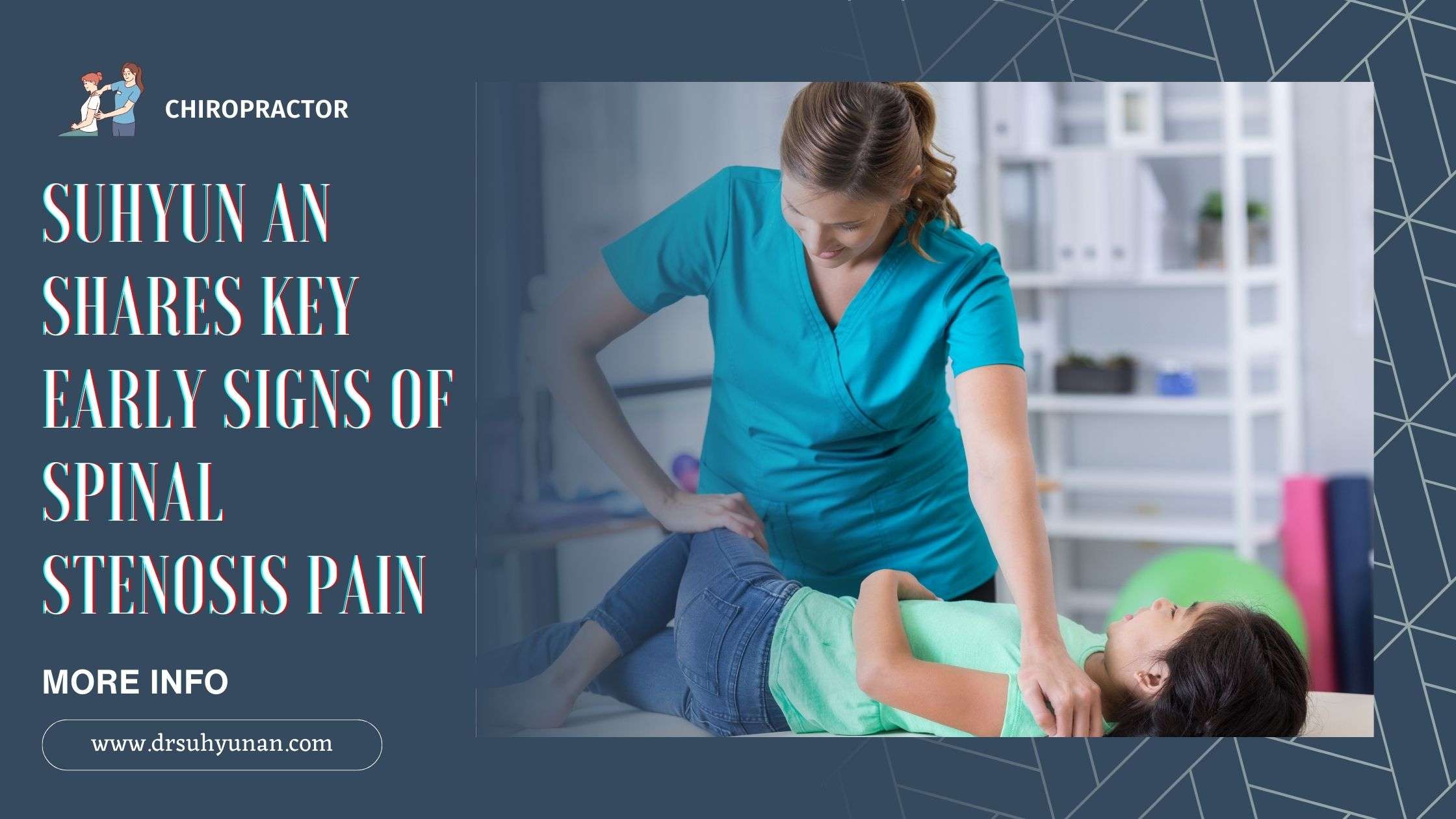Suhyun An Shares Key Early Signs of Spinal Stenosis Pain
Spinal stenosis, where the spaces within the spine narrow, can compress the nerves and lead to various symptoms. Suhyun An, a renowned expert in chiropractic care, explains that recognizing the early signs of spinal stenosis can lead to more effective treatments and improved quality of life. This blog will explore these initial symptoms and what they might mean for overall spinal health.
Understanding Spinal Stenosis and Its Early Impact
Spinal stenosis typically affects individuals as they age, but early symptoms may appear sooner. The spine's natural structure involves spaces between vertebrae that allow nerves to pass freely. When these spaces narrow due to conditions like arthritis or wear and tear, the nerves can become compressed, leading to pain and other symptoms. According to Suhyun An, being aware of these subtle signs can encourage individuals to seek care early, potentially slowing the progression of symptoms.
Common Early Symptom: Pain During Physical Activity
One of the earliest and most common signs of spinal stenosis is experiencing pain while engaging in physical activities. Dr. An emphasizes that this pain often occurs in the lower back or neck and may worsen with activities such as walking or standing for extended periods. Unlike typical muscle soreness, stenosis-related pain is more likely to feel sharp or shooting, and it often subsides with rest or when sitting down. Early identification of this symptom can help individuals explore therapeutic options that alleviate pain and enhance mobility.
Tingling or Numbness in Extremities
Another key sign of spinal stenosis is tingling or numbness in the arms or legs, especially when standing or walking. Suhyun An explains that this sensation occurs due to nerve compression, which restricts proper blood flow and communication between the brain and the affected areas. People may notice a “pins and needles” sensation or even temporary loss of feeling in the hands, feet, or both. This numbness may initially be mild, but if left unchecked, it can progress, making daily activities increasingly challenging. Recognizing this early symptom can encourage individuals to seek non-invasive treatments like chiropractic adjustments, which may alleviate nerve compression.
Weakness in the Arms or Legs
Weakness, particularly in the lower extremities, is another early indicator of spinal stenosis. Dr. Suhyun An notes that spinal stenosis can interfere with nerve signals that support muscle strength, making it harder for individuals to maintain balance or climb stairs. This weakness is often accompanied by an unsteady feeling or a sensation that the legs may give out. Identifying weakness early on allows for prompt intervention, potentially preventing further muscle weakening and supporting long-term mobility.
Difficulty with Coordination and Balance
For some individuals, spinal stenosis can impact coordination and balance, particularly in the early stages. Dr. An highlights that this difficulty arises as nerve compression begins to affect signals to and from the brain. People may notice themselves feeling unsteady or clumsy while walking, sometimes even stumbling on flat surfaces. Poor balance is more than just inconvenient—it’s also a potential fall risk, especially for older adults. Early diagnosis and treatment can help strengthen muscles and improve stability, reducing the risk of falls and promoting greater confidence in movement.
Visit:-https://x.com/doctorsuhyunan/
